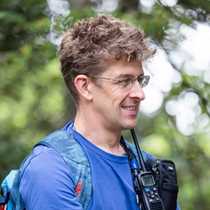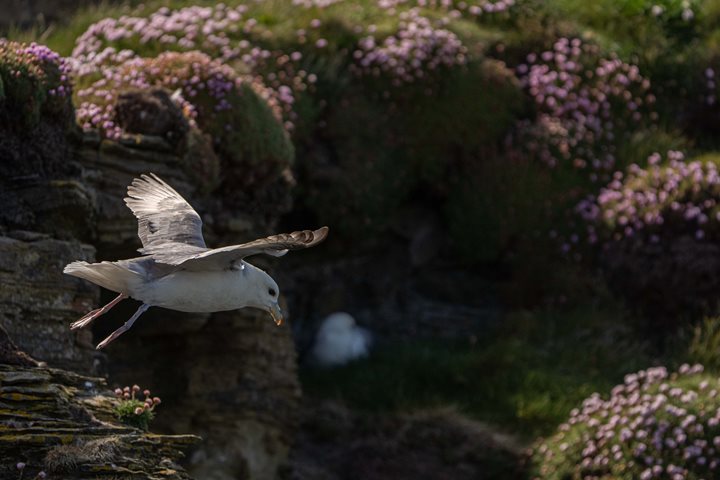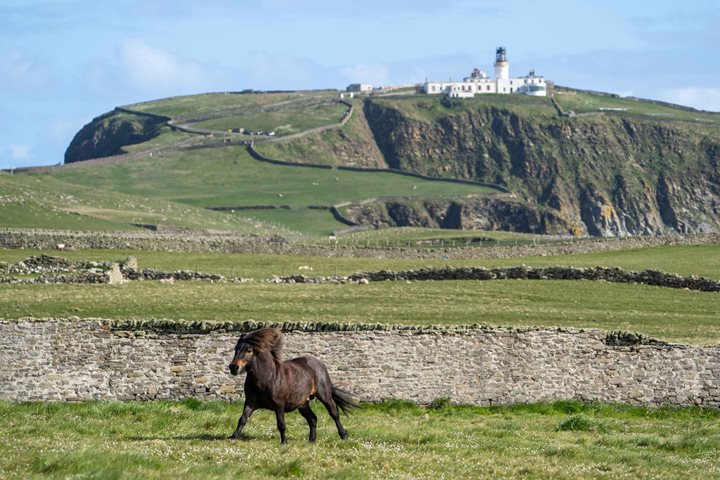After a leisurely sea voyage from Fowey, we awoke just outside of the small archipelago of the Isles of Scilly, a collection of 120 small islands of which only five are inhabited. Home to barely 2,200 people, the islands are the most westerly and southerly point of England, just 24 miles away from Land’s End on the mainland.
Lacking any harbours, Zodiacs were the only way to get to the island of Tresco. A freshening north easterly wind meant that the ride in provided an efficient wake up for the guests. Once ashore on the dunes at the southern point of the island, the warm sun quickly dried off the sea spray.
A short walk led to the Tresco Abbey Garden, established in the 1830s by the then Lord Proprietor of the Isles, Augustus Smith. Sited on the remains of a medieval priory, the gardens are home to a collection of some 2,000 exotic plants, many of which thrive in the Scilly’s warm climate and long summer. Today they are recognised within England’s Register of Historic Parks and Gardens at the highest level of significance. Also within the garden is the Valhalla Museum, a collection of artifacts from numerous shipwrecks. Most of the artifacts are ship figureheads, along with some nameboards and even a cannon from some of the unfortunate vessels that ended their careers in the treacherous waters around the isles.
Once back aboard National Geographic Explorer for lunch, the ever-freshening wind put an end to further shore excursions. Instead, we set sail for Ireland a little early. After enjoying a talk from the expedition’s photography team, guests were briefed on St. Colman’s Cathedral by cultural specialist Ann Wilson, preparing them for one of the standout sites we would see on our entry to Cobh the following morning.







